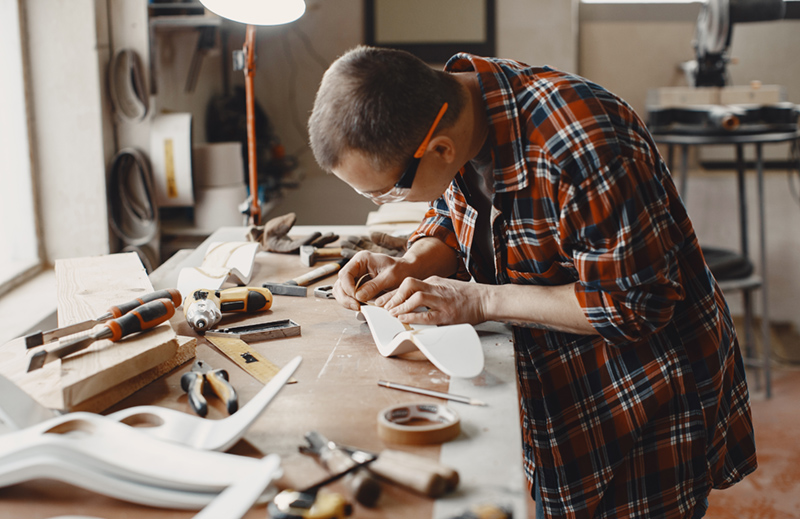Getting old scares people. No surprise but we fear getting older and let’s face it, in the long run, it doesn’t end well! It’s the end that makes thinking about ageing a hard topic to get our heads around. What do we generally do with things that are hard, we avoid them?
Being old is always 20 years older than you are. As part of my PhD research, I asked people “how old is old?” and the concept of “old” was never an age they attributed to themselves. It was always a number about 20 years from the age they were at the time.
You can ask a whole room of 45-year-old workers how old is an “old worker” and time after time they will say it’s about 20 years older than they are.
Four problems with not identifying as oldat work
- We fail to plan for how our bodies and family needs change as we age. This disruption can cause unnecessary absences.
- We don’t look after ourselves properly and as a result we don’t age well
- We create risk when there doesn’t need to be any
- We miss opportunities to continue to learn and fail to teach others
If you don’t take ageing at work seriously you will increase your injury risk profile. Prior to COVID-19 there had been an energy around creating accessible workforces for older people but in the past 12 months the conversation around ageing has been swamped with information on mental health.
Getting old isn’t going to go away. No matter what gets thrown at us, whether its poor mental health at work or a pandemic the fact remains that your teams are still ageing. You are still ageing. The problem of ageing is not someone else’s problem, it’s everyone’s problem.

Three things you can do now about your ageing workforce
- Regular health checks. The age of your teams isn’t your problem but how they are ageing is.
- Connection.Find out if your employees feel connected to each other and feel like they belong. Check in to see how many of your staff could be at risk of leaving.
- Create accessibility to reduce risk. Think about redesigning job descriptions to enable older workers to have more flexibility at work.
When I run workshops for employers on workforce sustainability with an older workforce, I ask participants, what does “old mean”? It never ceases to amaze me how easy it is to stereotype and talk about our idea of being old. The majority of people will say that being old means “bad driving”, “being cranky”, “smell”, “being forgetful” to which I respond, “oh so you are saying that a teenager isn’t a bad driver? Teenagers don’t smell? Or aren’t forgetful?
Time and again I have to remind people that people are just people. It doesn’t matter how old you are it’s how you age that’s the key.




